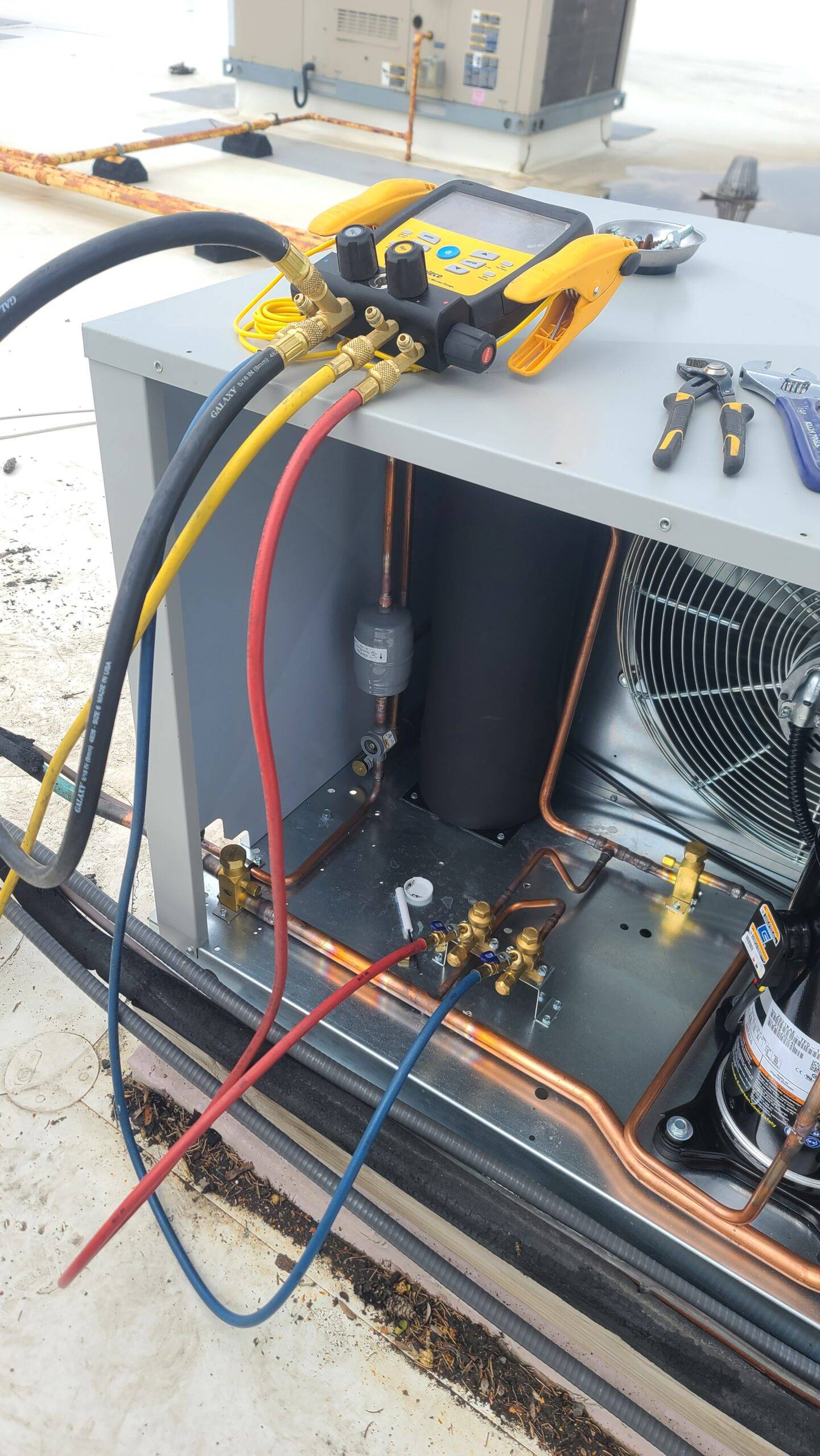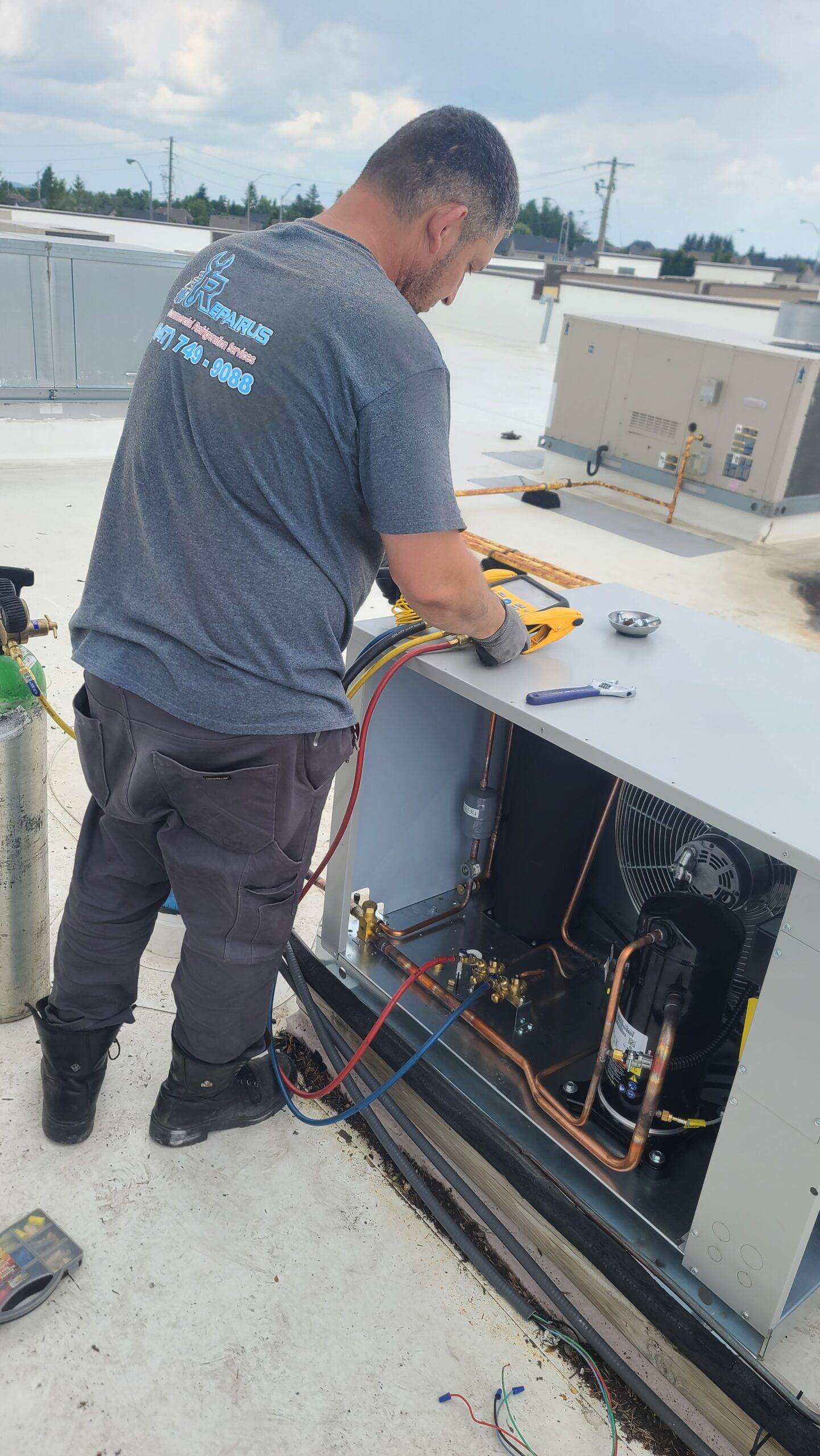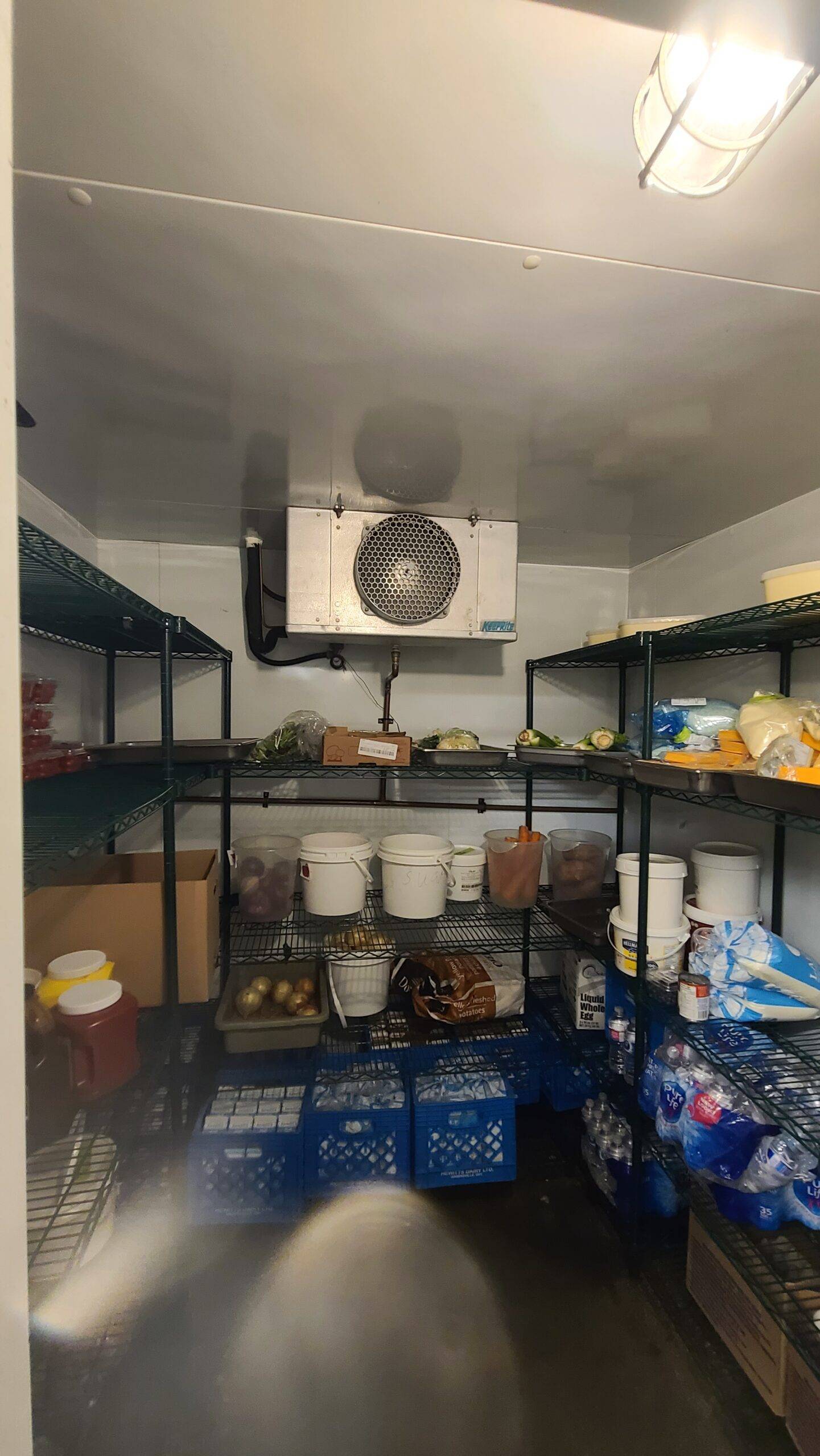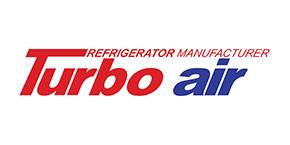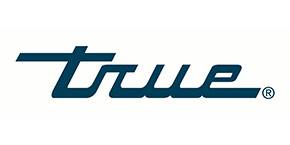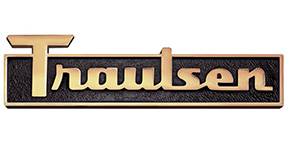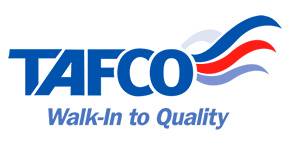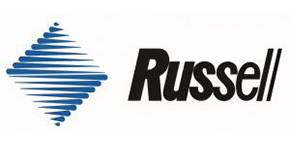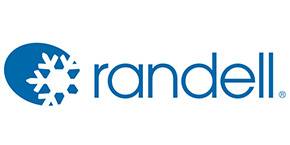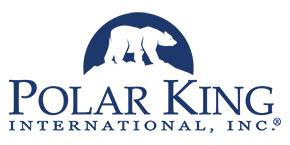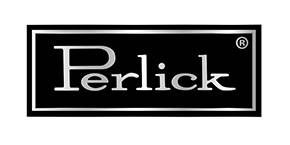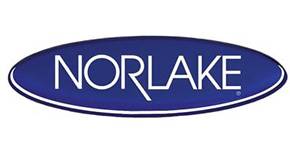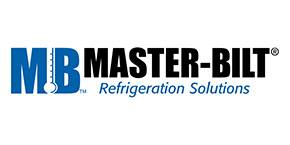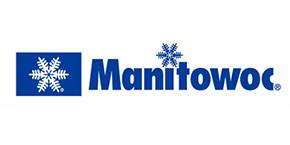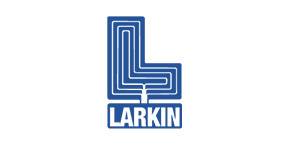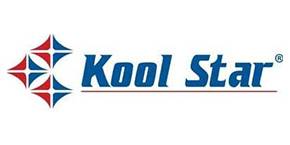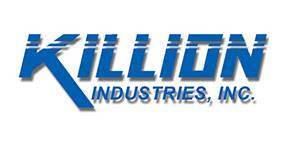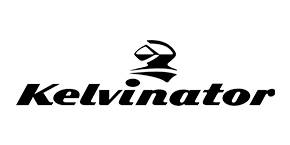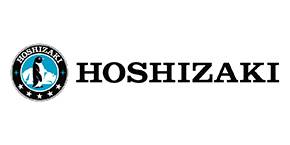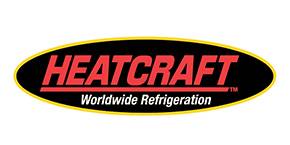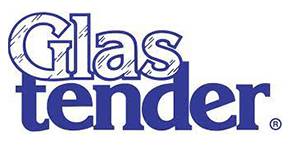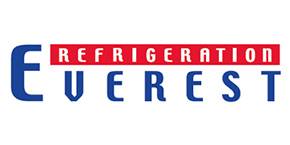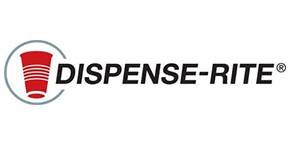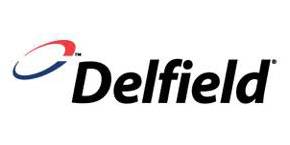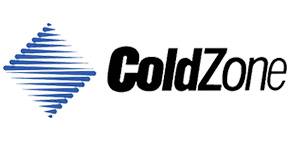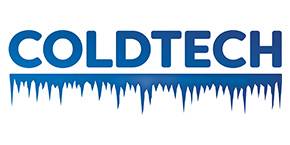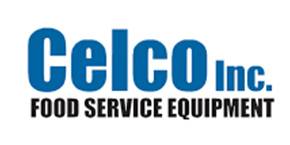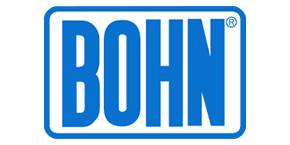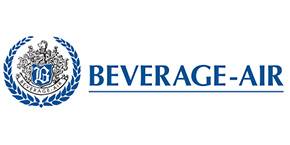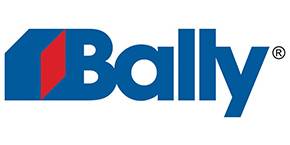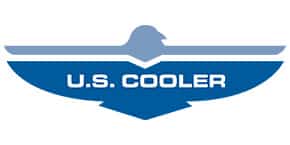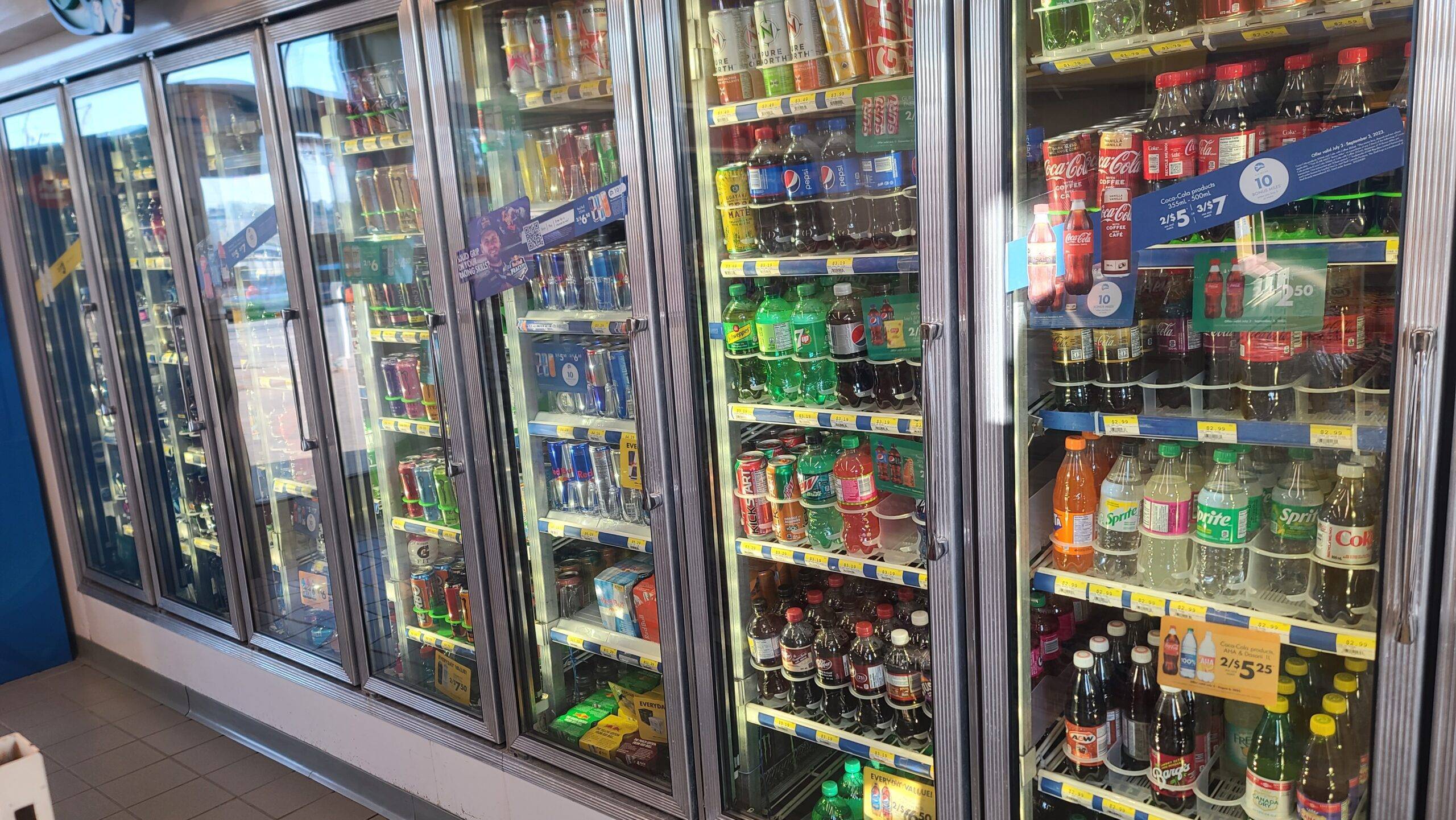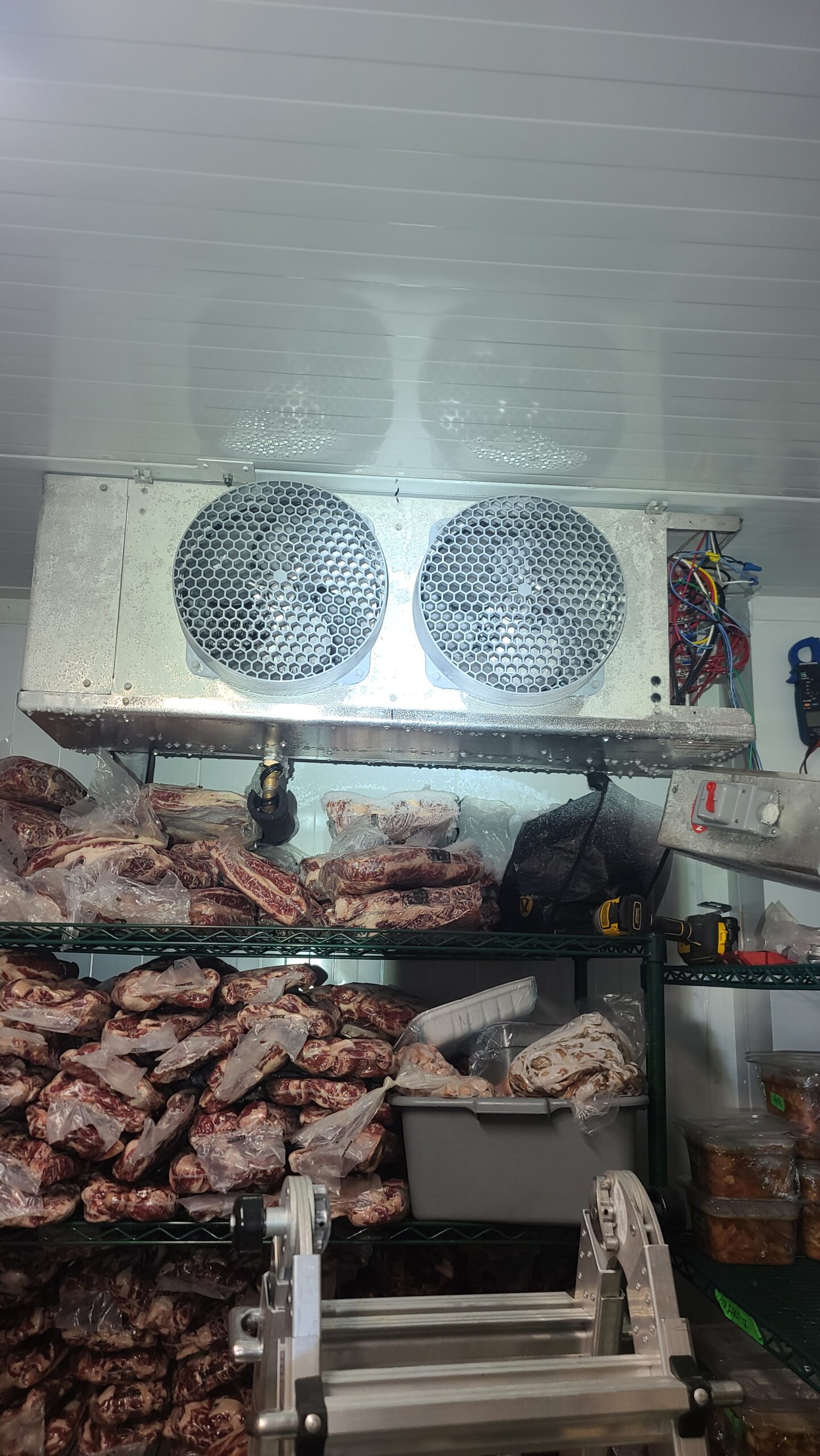

Walk In Freezer defrost drain problems? Walk-in freezers are a crucial piece of equipment for many businesses, particularly those in the food service industry. They allow for large quantities of food to be stored at very low temperatures, ensuring that it stays fresh and safe to consume. However, like all appliances, walk-in freezers can experience problems from time to time. One common issue that can arise is with the defrost drain.
The defrost drain is responsible for removing any excess water that may accumulate during the defrost cycle of the freezer. This water can come from melting ice or frost that is built up on the interior of the freezer. If the defrost drain becomes clogged or is otherwise not functioning properly, water can begin to accumulate inside the freezer, leading to a number of problems.
One of the most obvious signs of a problem with the defrost drain is water pooling on the floor near the freezer. This can be caused by a clog in the drain line, which is preventing the water from flowing out of the freezer. In some cases, the drain line may be cracked or otherwise damaged, which can also cause water to leak out of the freezer.
If you suspect that your walk-in freezer may have a problem with its defrost drain, it’s important to have it inspected and repaired as soon as possible. A professional technician will be able to diagnose the problem and make any necessary repairs to get the freezer up and running again.
How do you know if the defrost drain is clogged?
There are a few signs that may indicate that a walk-in freezer’s defrost drain is clogged. Here are a few things to look out for:
Water pooling on the floor near the freezer:If you notice water accumulating on the floor near your walk-in freezer, it’s likely that the defrost drain is clogged and the water is unable to flow out of the freezer.
Increased humidity inside the freezer: A clogged defrost drain can also cause an increase in humidity inside the freezer, which can lead to more rapid ice and frost buildup on the interior walls.
Frost buildup on the interior walls of the freezer: If the defrost drain is clogged, the excess water from the defrost cycle will not be able to flow away and will instead freeze again leading to frost build-up.
Reduced efficiency of the freezer: A clogged defrost drain can cause the freezer to work harder to maintain the desired temperature, which can lead to increased energy consumption and decreased efficiency.
strange smells or spoiled food: If the clog is not solved in time the water will start smelling bad and in case the food is in contact with it, the food will spoil as well.
If you notice any of these signs, it’s important to have the defrost drain inspected and cleaned as soon as possible. A professional technician can diagnose the problem and clear any clogs to restore proper functioning of the freezer. Regular cleaning and maintenance of the defrost drain can help prevent clogs from happening in the first place.
How do you unclog a defrost drain?
Unclogging a defrost drain in a walk-in freezer is an important task to maintain the proper functioning of the freezer. Here are a few steps that you can take to unclog a defrost drain:
Locate the defrost drain: The defrost drain is typically located near the bottom of the freezer and may be hidden behind a panel or access door.
Remove any debris: Use a small brush or pipe cleaner to remove any debris or buildup that may be clogging the drain. If the clog is caused by food debris, remove it carefully to avoid contamination.
Flush the drain with hot water: Once you’ve removed as much debris as possible, use a plumbing snake or a long, flexible rod to flush the drain with hot water. This can help to break up any remaining clogs and flush them out of the drain.
Clean the Drain: Clean the defrost drain with a solution of hot water and a mild detergent to remove any remaining debris and prevent clogs from forming in the future.
Check the drain line: Ensure the drain line is not cracked or damaged, if so it may require a replacement.
Reassemble the freezer: Once the defrost drain has been cleaned, reassemble the freezer and turn it back on. Keep an eye on it for the next hours to ensure that the drain is working properly and no water is pooling again.
It’s important to note that while these steps can help to unclog a defrost drain, it’s best to have the task done by a professional technician.
Common causes of clogged defrost drains?
Clogged defrost drains in walk-in freezers can be a major problem, not only because they can lead to water pooling and increased humidity, but also because they can cause decreased efficiency and increased energy consumption. Understanding the common causes of clogged defrost drains can help to prevent them from happening in the first place. Here are a few common causes to keep in mind:
Food debris: One of the most common causes of clogged defrost drains is food debris that has been washed down the drain. When this debris hardens and sticks to the inside of the drain, it can create a blockage that prevents water from flowing freely.
Hard water buildup: Hard water can leave mineral deposits inside the drain that can cause clogs. If your facility has hard water, it’s important to flush the defrost drain regularly with a solution of hot water and vinegar to remove any buildup.
Lack of maintenance: Failure to perform regular cleaning and maintenance on the defrost drain can lead to a buildup of debris and clogs over time. A regular cleaning schedule can help to prevent this from happening.
Freezer malfunction: In rare cases, a malfunctioning freezer can cause a clogged defrost drain. For example, if the thermostat is not working correctly, the freezer may run too long and cause an accumulation of water and ice that clogs the drain.
Cracked or damaged drain line: If the drain line is cracked or damaged, water can leak out and may cause a clog at the drainage point.
To prevent clogged defrost drains, it’s important to be vigilant about regular cleaning and maintenance of the drain, as well as ensuring that the freezer is running properly.

